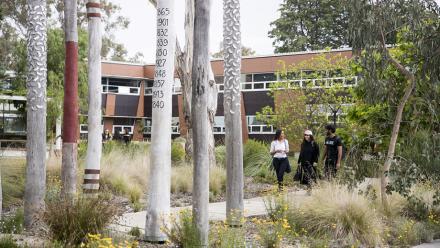New record signals bright future for solar tech
Researchers at The Australian National University (ANU) have broken their own record to create a more efficient solar cell.
The study, led by Dr Jun Peng, focused on 1cm2 solar cells made with perovskites - a family of materials with a specific crystal structure.
Perovskite solar cells have the potential to be made more cheaply and simply than other solar cells, as well as to produce more power in a given area.
The team achieved an efficiency record of 22.6 per cent. This means the cells can convert 22.6 per cent of sunlight into energy.
They also demonstrated a "fill factor" of more than 86 per cent, which is one measure of the quality of the solar cell.
"We're always trying to reach the highest efficiency we can. Commercialisation won't happen without high efficiency," co-author Professor Kylie Catchpole said.
"But we need a cheap process as well. This is an approach that definitely combines those two elements in a way that's different to how it's been achieved previously."
The researchers say the solar cells they have produced are easier to manufacture.
The team used standard fabrication techniques but applied them to a new material, titanium oxynitride, to create the perovskite solar cell in a unique way.
"We've also been able to overcome an energy loss in one of the layers that scientists didn't previous realise was there," Professor Catchpole said.
"The modelling we've done shows this was a limitation in previous types of solar cells."
The results have been published in Nature.
This study was supported by the Australian Renewable Energy Agency (ARENA).


